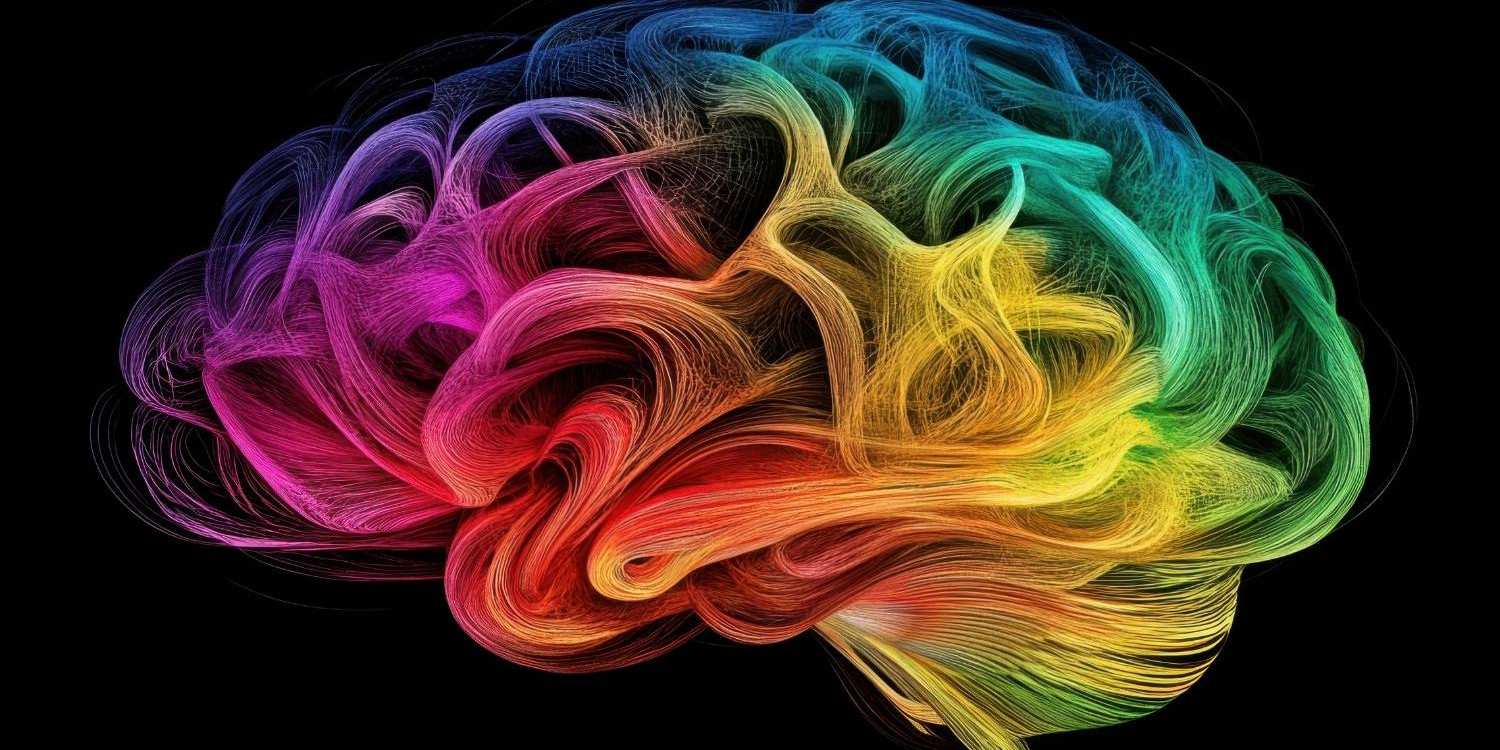In an era dominated by information overload, the ability to retain, recall, and apply knowledge efficiently has become a rare and valuable skill. This is where memory training—once a niche pursuit—has evolved into a science-backed discipline that enhances mental agility, focus, and long-term cognitive performance.
Competitive memory athletes have demonstrated that memory isn’t a fixed trait—it’s a trainable muscle. Through structured practice and strategic recall techniques, they’re showing the world that anyone can develop extraordinary mental capabilities.
Understanding the Science of Memory Training
Memory is a complex process involving encoding, storage, and retrieval. Neuroimaging studies reveal that memory champions don’t necessarily have larger or more active brains—they simply use them differently.
What sets them apart is their reliance on neuroplasticity, the brain’s ability to form and strengthen neural connections through repeated practice. When exposed to deliberate memory challenges, the brain rewires itself, improving not only recall but also problem-solving, creativity, and focus.
This adaptive capacity means that with proper techniques, memory performance can be enhanced at any age.
How Competitive Memory Training Works
In competitive memory tournaments, participants are tasked with remembering massive quantities of data—numbers, words, faces, or even shuffled decks of cards—under strict time limits. Their performance isn’t just about raw memorization; it’s about pattern recognition, mental visualization, and concentration discipline.
Here are a few foundational methods that memory experts rely on:
- The Method of Loci (Memory Palace) – Visualizing information within a familiar spatial environment allows faster and more durable recall.
- Chunking – Breaking long sequences into manageable units helps the brain process and store information more efficiently.
- Association Techniques – Linking abstract information with vivid, often emotional imagery enhances retention.
- Repetition and Spaced Recall – Systematic review strengthens neural pathways, ensuring long-term memory consolidation.
Each technique taps into the visual, spatial, and emotional centers of the brain, converting dry data into meaningful, memorable patterns.

Beyond Competition: Real-World Benefits of Memory Training
While elite competitors showcase the extremes of human recall, the implications of memory training extend far beyond the stage. Research shows that consistent practice improves:
- Cognitive Speed – Faster mental processing and decision-making.
- Focus and Attention – Reduced distractions and improved sustained concentration.
- Academic and Professional Performance – Greater retention of key concepts and faster learning cycles.
- Mental Resilience – Stronger neural adaptability linked to long-term brain health.
In essence, memory training is mental crossfit—a holistic workout for the mind that sharpens both intelligence and creativity.
The Neuroscience of Competitive Recall
Modern neuroscience confirms that memory training activates the hippocampus and prefrontal cortex, areas responsible for learning, organization, and recall. Over time, repeated training enhances connectivity in these regions, leading to measurable improvements in brain efficiency.
Competitive recall, in particular, introduces stress and time pressure—conditions that train the brain to perform under intensity. This adaptive resilience has parallels in other cognitive domains, from strategic thinking to emotional regulation.
The Future of Mental Performance
As society embraces AI, automation, and rapid digital information exchange, the human brain remains our most powerful—and underused—asset. Memory training offers a way to reclaim focus, extend cognitive endurance, and push the boundaries of mental potential.
What competitive memory athletes prove is that greatness isn’t genetic—it’s intentional and trained. The more we exercise our brains, the sharper, faster, and more creative we become.



